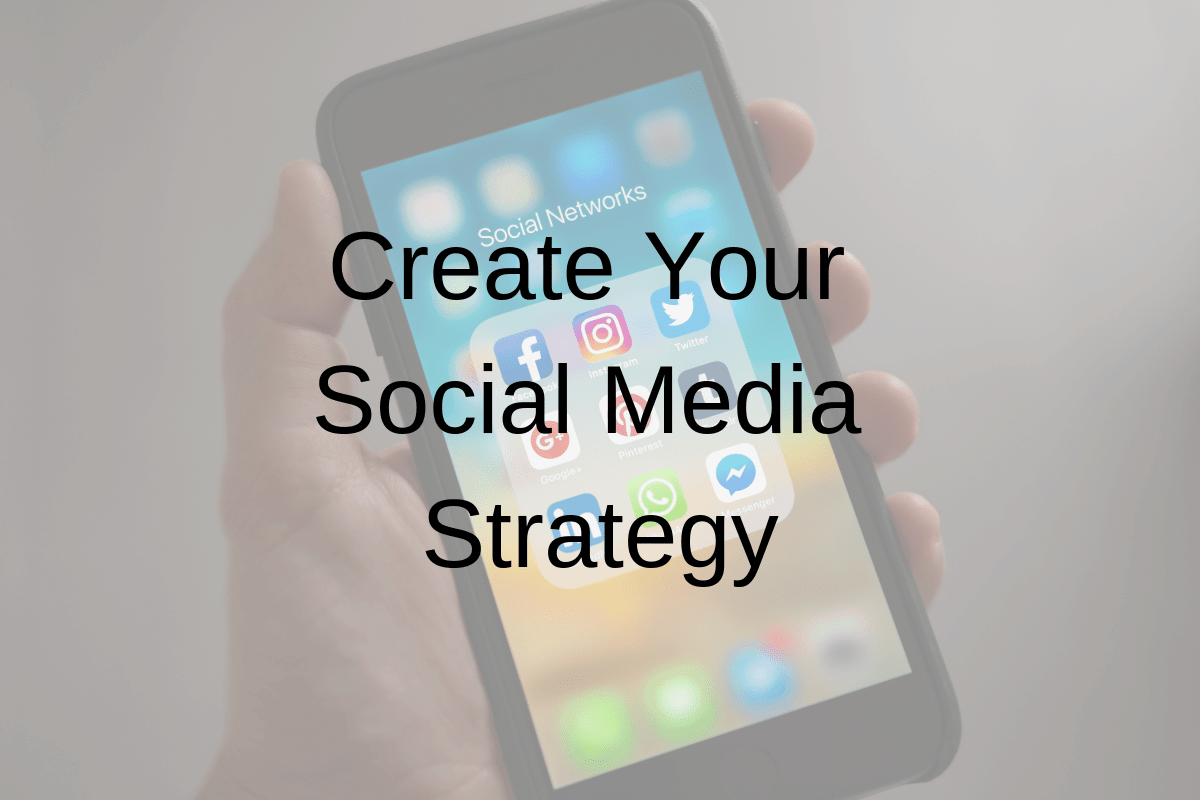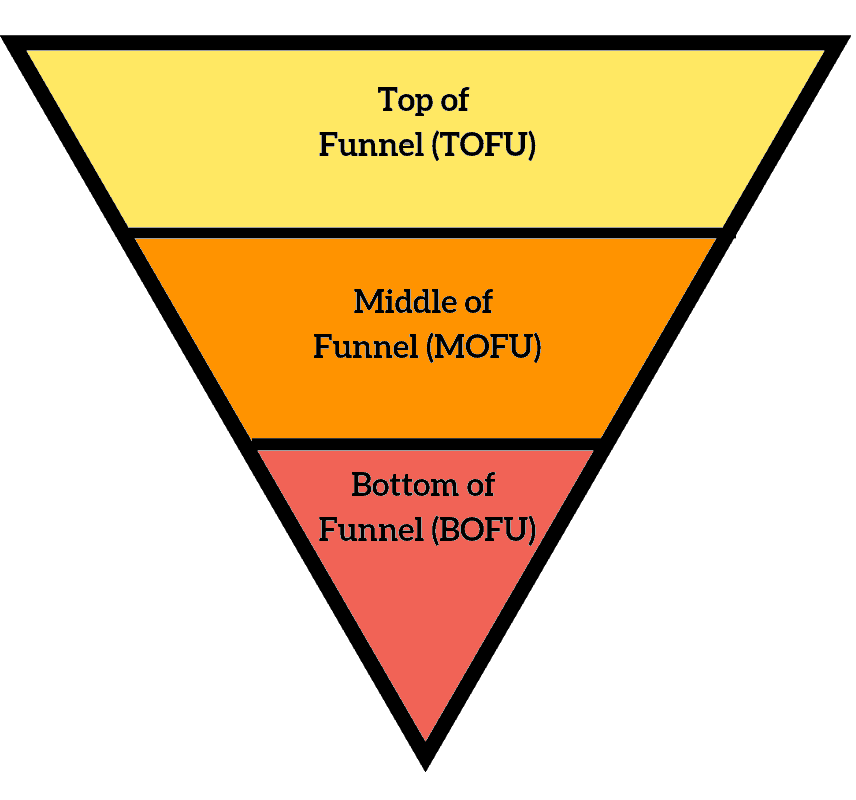Once you have built your website (including a social media presence) and offers/products for your visitors, much of the work to make money online is done. What’s left is the strategic aspect that pulls it all together. Your marketing strategy is the foundation upon which your site and products will stand. It will be one of the many determining factors in whether you are able to achieve your goals. A marketing strategy is essentially how you’re going to reach potential customers and bring them to the point where they become customers and buy your service or product.
As such, you need a marketing strategy. That’s what this post is going to cover. We’ll cover three buckets to developing a strategy.
- Developing a content strategy
- Developing a social media strategy
- Developing other marketing strategies
Let’s get started.
Developing a Content Strategy
This is one of the most fundamental questions in your business: What are type/s of content will you create and who are you creating it for? To answer this two-part question. there are several things we need to know about our audience:
- What are their pain points?
- How does our product help them? Make life easier, faster, simpler, etc.
- What sources of information (books, websites, magazines, etc.) do they use? This will help us determine what content will be useful to them and where to acquire traffic from.
- How will they best digest and consume your content?
- What’s your Unique Value/selling Proposition

It’s important to know your audience so you can create tailored content for them.
There are many different types of content, and your site should have a mixture of these different types. Some people will prefer to read, while others prefer a visual, and still others may prefer audio. By having a mix, you can appeal to the widest possible audience. Content can be:
- Blog posts
- Images
- Infographics
- Quotes
- Videos
- Guides
- Case Studies
- White Papers
- Reports
- Podcasts
- Interviews
- And more!
When we have answers for these questions, we can move forward to the next step, creating your content calendar.

This is going to define what you’re going to create and when you’re going to create it. By doing this exercise, you’ll know that you have content planned, and it will be content that directs people from their problems to you and how you can solve them. This content calendar should also leverage what you’re giving away with each post. It can be one of the same three items each time, but with any piece of content, you want to answer the “what’s next?” question that a visitor will have. The next logical step for them should be to download something from you, and for you to get their email address. Then, you can email them and selling them more products in the future.
Once you have some content, go in and look at the analytics of each post. What gets the most engagement? What gets the least engagement? As you start asking these questions, and backing up your assumptions with data, you’ll get a better idea of what types (and topics) of content your audience likes and responds well to.
Developing a Social Media Strategy

Once you have your content strategy finalized, you will then need to develop your social media strategy. The goal of this strategy will be to maximize traffic from social media. For this exercise, you’ll need to answer the following questions:
- What social channels will you be active on?
- Will you be using paid social?
- Will you have a brand page/account?
- What frequency will you post? Will the frequency vary by channel?
- Will you give something away in your posting?
- Will you link directly to your offer/product or content (or both)?
- Will you have a different brand voice/messaging depending on the channel?
Like the content strategy, when you’ve answered the above questions, you can add-onto your content calendar details such as where you’ll post the content. There are dozens of different social media networks to choose from on the web. It’s a good idea to claim all your social media profiles for the major platforms, and any that you think you may be active on in the future. Here’s a short list of potential platforms:
- Messenger
- Snapchat
- Google Plus
When you do go to share your content on social, when possible, you should create unique posts for each platform (and not use exactly the same post across all channels). Different tones will work on different channels. In addition, you should test different offers and images on different social networks to find what works the best. Don’t forget to draft your brand voice guidelines. This will govern how you talk on different channels. Will you be more professional and business-like on LinkedIn? Will you be more customer service centered on Twitter? Is Instagram more inspirational? A good brand voice guidelines document will answer all of these questions.
Developing Other Marketing Strategies

Once you have your strategic documents in place, you can start identifying the other marketing strategies that you’re going to pursue to drive business. Here are just some of the other marketing strategies out there:
- Facebook Ads
- Automated Webinars
- Instagram Ads
- Video creation
- Email marketing
- Product launches
- Google Ads
- Shopping Ads
- Bing Ads
- Affiliates
Another marketing strategy that is very popular is funnels. The funnel strategy can be executed using many different channels, and the goal is to create a custom journey for potential customers to take from their first interaction with you until they’re ready to purchase. Let’s break this down a little more.

If you imagine a funnel, at the top is the widest part. As you move down the funnel, it gets narrower and narrower. This is essentially what we want to do with potential customers. We want to start with as many people as we can and have a very broad top of funnel. Then, as we serve them content and give them options of where to go on the site, some will drop off and leave the site, while others will continue on their journey and move down the funnel. Eventually, there will be a percentage of overall visitors who become customers.
These are just a few of the many, many ways to bring in customers. One thing to clarify, not every type of marketing strategy will be right for everyone. You need to know your market, your product, and yourself. Not everything will be a match, and that’s okay. Start with what’s either currently working, or is closely related. Study your competitors. What methods are they using? Test these methods and see if you have success. As you build up your business, you can test new methods and strategies. The sky is truly the limit!
No matter the strategy you decide to use, make sure it’s the right fit for your business. What marketing strategies are you using? Do you think I missed some? Let me know in the comments below!




0 Comments